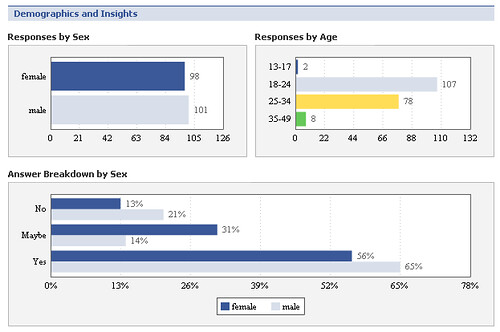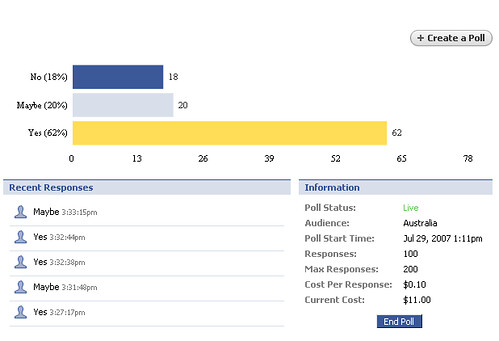I recently sat through a two hour presentation on climate change at work. My employer this year (a big four firm) has been mobilising to respond to the market with a climate change solution for our clients – and the things happening are amazing. They want to be first-movers in what is a huge business opportunity. Even through I have had dealings with people on the climate change team, it wasn’t until I sat through this presentation that a few things clicked for me: climate change is real. And I am not talking about the science – it’s real for the market economy.
I wouldn’t be doing any justice if I attempted to explain what I learned, however I will explain something that was a big realisation for me. This guy that spoke is a world expert, and he reckons more has happened in the last eight months of his career regarding climate change than it has in 25 years of his career. To understand why, is to understand the realisation of the markets.
Increasing shareholder value
If it’s one phrase that sums up corporations working within the framework of capitalism, it’s about “increasing shareholder value”. It’s a term that is mocked because we are sick of hearing it, but it essentially explains the market: investors make money by putting their money where they can generate more value for their buck. Value creation is the centre of everything – a start-up company generates value through innovative new products that people buy; a tax agent generates value by reducing your tax expense; a real estate agent generates value because they can sell your property at a higher valuation. In the context of corporations, people make money in companies through returns: a higher share price means a higher value of that share or piece of property. Companies are judged on their profits because more profits reflect a higher return an investor gets from that entity; just like a home being sold, it reflects the additional value they can generate from that piece of property they own.
Profits reflect shareholder returns, which come in two forms.
1) dividends, which are cash payouts from profit distributions to shareholders. An investor wants higher profits, because it means more cash for them on their existing shareholding – it reflects a better return on their investment.
2) retained earnings, which is when a company doesn’t pay the dividend but holds it so they can fund future growth. More profits, means extra cash to invest to generate more growth in the entity, which ultimately means more value. If you buy a share for $1, and the company grows and your share is now $2 – you are a happy chappy because you’ve effectively doubled your money.
How climate change now has a price
Lets say we generate x amount of carbon tons a year. The objective of climate change, is that we can reduce the amount of x with time, and then get to the stage where we can grow sustainably, which means for every x we generate, we can offset that bit of carbon so as to to generate a net of zero on the environment. That’s called sustainable economic growth.
Lets say y is the amount it costs to remove a ton of carbon dioxide. Meaning y represents the expense of generating carbon. So if you times x with y – that equals the amount it will costs to remove the carbon dioxide we generate so that we have a net impact of zero on the environment (or at least, the cost to reduce emissions). If the government forces you to reduce your emissions, like they force you to pay taxes, that expense has now become very real.
How much a ton of Carbon Dioxide will cost is a big issue yet to be settled, but as you can tell y is an important number because it determines how much it costs for you to reduce your carbon footprint. A very conservative estimate is that it costs 25 US dollars to remove 1,000 tonnes of carbon. The reason I say conservative is because more recent evidence suggests it is actually a lot more than that (I think he quoted 40 euros). Using the $25 figure, he said that it will cost us $15 trillion to remove carbon dioxide. There is so much pressure on governments from voters, lobby groups and the like, that governments (like here in Australia) are going to mandate that you offset your carbon emissions each year. The Kyoto agreement is saying a 60% reduction from 1990 levels by 2050 for example.
Now as an investor, I am thinking my investments have a share of the pie of a $15 trillion expense that they have to pay each year. That’s expensive. Expensive stuff reduces my profit. Reducing my profit means lower returns for my investments (ie, lower dividends, lower retained earnings to fund growth). Holy crap – this climate change thing is eroding shareholder value. Crap crap crap – I want to start knowing what my investments are doing to tackle this future expense. I want more accountability, alongside the financial reports that companies are mandated to provide (and which tells us about profit).
And that is exactly what the investors that control $41 trillion dollars – one third of the worlds money -are currently saying.
So much more to say, but I just want to share that point: climate is real economically and the environmental cost is being built into the market mechanism. There are a lot of issues that are yet to be resolved, but you’d be stupid to start ignoring the massive developments occuring, because its getting nearer to an agreement where it will affect every transaction we make in our economies.





